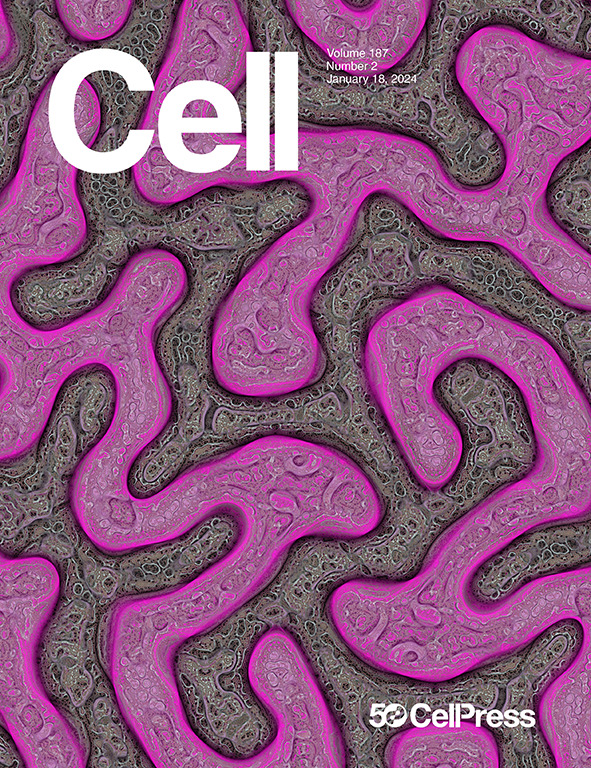Tissue geometry spatiotemporally drives bacterial infections
IF 45.5
1区 生物学
Q1 BIOCHEMISTRY & MOLECULAR BIOLOGY
引用次数: 0
Abstract
Epithelial tissues serve as the first line of host against bacterial infections. The self-organization of epithelial tissues continuously adapts to the architecture and mechanics of microenvironments, thereby dynamically impacting the initial niche of infections. However, the mechanism by which tissue geometry regulates bacterial infection remains poorly understood. Here, we showed geometry-guided infection patterns of bacteria in epithelial tissues using bioengineering strategies. We discovered that cellular traction forces play a crucial role in the regulation of bacterial invasive sites and marginal infection patterns in epithelial monolayers through triggering co-localization of mechanosensitive ion channel protein Piezo1 with bacteria. Further, we developed precise mechanobiology-based strategies to potentiate the antibacterial efficacy in animal models of wound and intestinal infection. Our findings demonstrate that tissue geometry exerts a key impact on mediating spatiotemporal infections of bacteria, which has important implications for the discovery and development of alternative strategies against bacterial infections.

组织几何在时空上驱动细菌感染
上皮组织是抵抗细菌感染的第一道防线。上皮组织的自组织不断适应微环境的结构和机制,从而动态地影响感染的初始生态位。然而,组织几何形状调节细菌感染的机制仍然知之甚少。在这里,我们使用生物工程策略显示了上皮组织中细菌的几何引导感染模式。我们发现,细胞牵引力通过触发机械敏感离子通道蛋白Piezo1与细菌的共定位,在上皮单层细菌侵袭部位和边缘感染模式的调节中起着至关重要的作用。此外,我们开发了精确的基于机械生物学的策略来增强伤口和肠道感染动物模型的抗菌效果。我们的研究结果表明,组织几何对介导细菌的时空感染具有关键影响,这对发现和开发对抗细菌感染的替代策略具有重要意义。
本文章由计算机程序翻译,如有差异,请以英文原文为准。
求助全文
约1分钟内获得全文
求助全文
来源期刊

Cell
生物-生化与分子生物学
CiteScore
110.00
自引率
0.80%
发文量
396
审稿时长
2 months
期刊介绍:
Cells is an international, peer-reviewed, open access journal that focuses on cell biology, molecular biology, and biophysics. It is affiliated with several societies, including the Spanish Society for Biochemistry and Molecular Biology (SEBBM), Nordic Autophagy Society (NAS), Spanish Society of Hematology and Hemotherapy (SEHH), and Society for Regenerative Medicine (Russian Federation) (RPO).
The journal publishes research findings of significant importance in various areas of experimental biology, such as cell biology, molecular biology, neuroscience, immunology, virology, microbiology, cancer, human genetics, systems biology, signaling, and disease mechanisms and therapeutics. The primary criterion for considering papers is whether the results contribute to significant conceptual advances or raise thought-provoking questions and hypotheses related to interesting and important biological inquiries.
In addition to primary research articles presented in four formats, Cells also features review and opinion articles in its "leading edge" section, discussing recent research advancements and topics of interest to its wide readership.
 求助内容:
求助内容: 应助结果提醒方式:
应助结果提醒方式:


